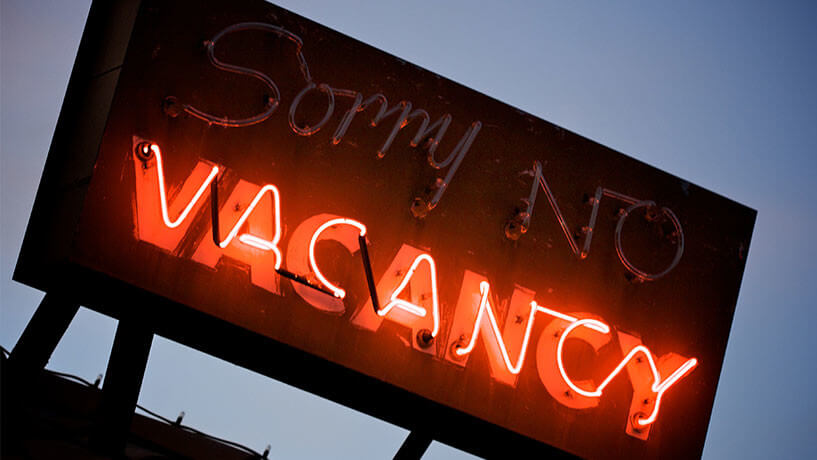
While occupancy rate is essential for deciding whether your management strategies succeed or fail, there are a few things you should keep in mind regarding this KPI.
NB: This is an article from Altexsoft
If you look at Amadeus’ in-depth Demand360® business intelligence data, you’ll see that the average global hotel occupancy rate was nearly 70 percent in the summer of 2022.
Subscribe to our weekly newsletter and stay up to date
You might assume that 70 percent is a low figure that doesn’t bring much profit. After all, it’s not 100 percent. But let’s consider it in context.
First of all, this is an increase of around 5 percent over the summer of 2019: It’s already an indicator that things are going pretty well. Overall, average hotel occupancy rates range between 65 and 80 percent.
Secondly, having all your units booked doesn’t mean maximized revenue earned. Chances are, you won’t get a 90 or 100 percent occupancy rate without lowering your rates. There are many cases when a hotel manager or a vacation property renter can earn more money with lower occupancy by increasing rental fees. Not to mention that it’s advantageous to have some units available for last-minute guests.
So, when using the occupancy rate, you should be careful with it and take into account other measurements to get a fuller picture.
Why track occupancy rate?
Along with other hospitality metrics like RevPAR, the occupancy rate is an important KPI that allows better and more accurate revenue management aimed at maximizing income. Hotel owners and property managers can adjust their revenue strategies based on the occupancy changes that took place or are predicted and expected.
A simple KPI, the occupancy rate allows you to understand how your business is performing against competitors and its own historical data at different periods. Having this knowledge under the hood, you will be able to set rates accordingly, predict your guests’ stay patterns, plan maintenance, and schedule enough staff.
For example, you may find that your accommodations are most popular during the winter holidays or when a science conference occurs nearby. Whatever the case, you will have a bigger picture of your hotel or vacation property performance and make more informed decisions.
Occupancy rate prediction challenges
In hospitality, if you want your revenue management to be successful, you have to be able to accurately make demand forecasts.
But don’t get out Tarot Cards and light the candles 😅
Instead, you can opt for predictive analytics to identify patterns that are likely to develop again in the future and estimate a probable demand for hotel or vacation rental properties. This will allow you to dynamically optimize the pricing policy and sell your units at reasonable prices.
To achieve all of this, though, both current and historical data are important. On top of that, occupancy rates fluctuate widely depending on different factors that can be internal and external.




